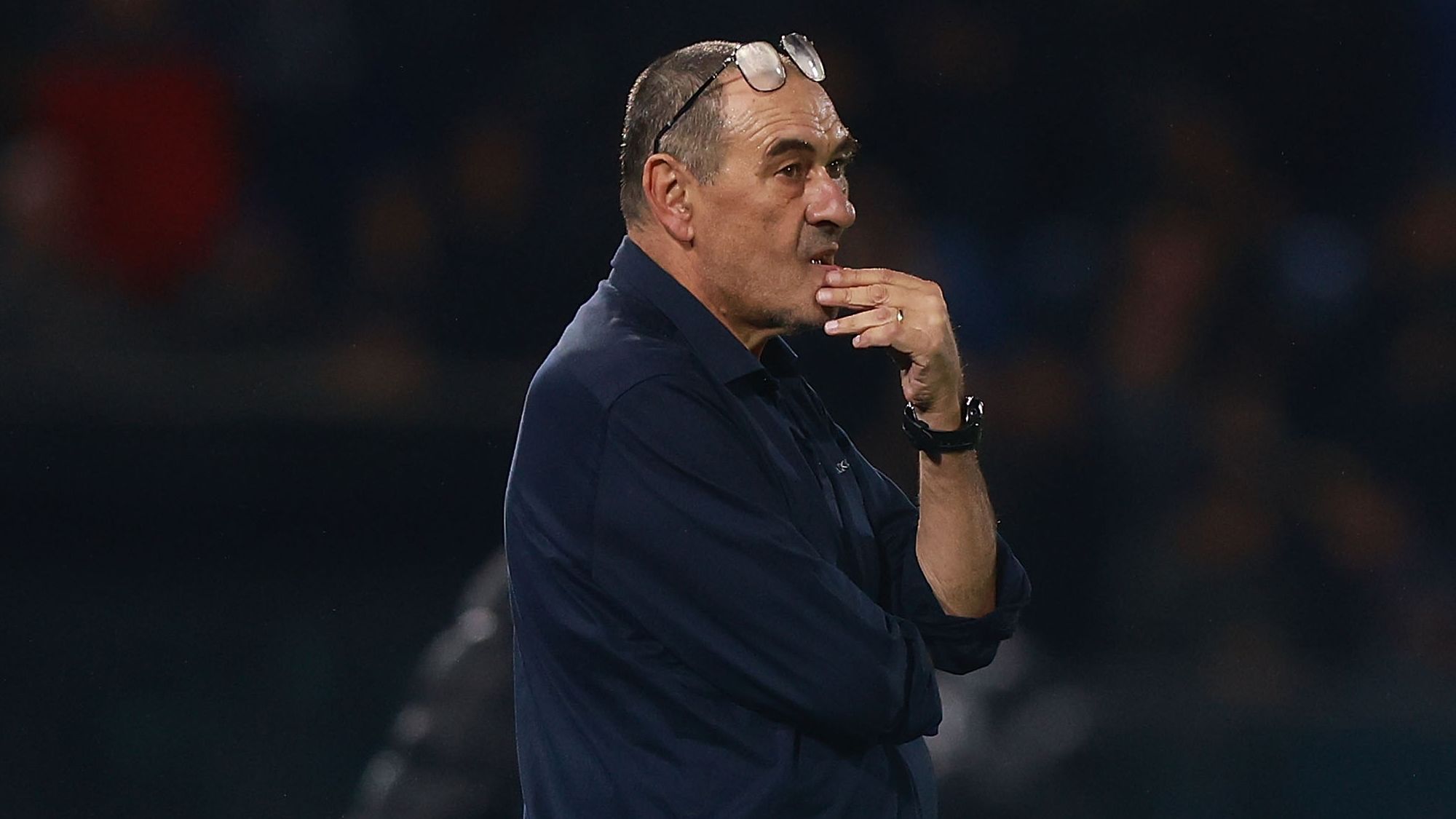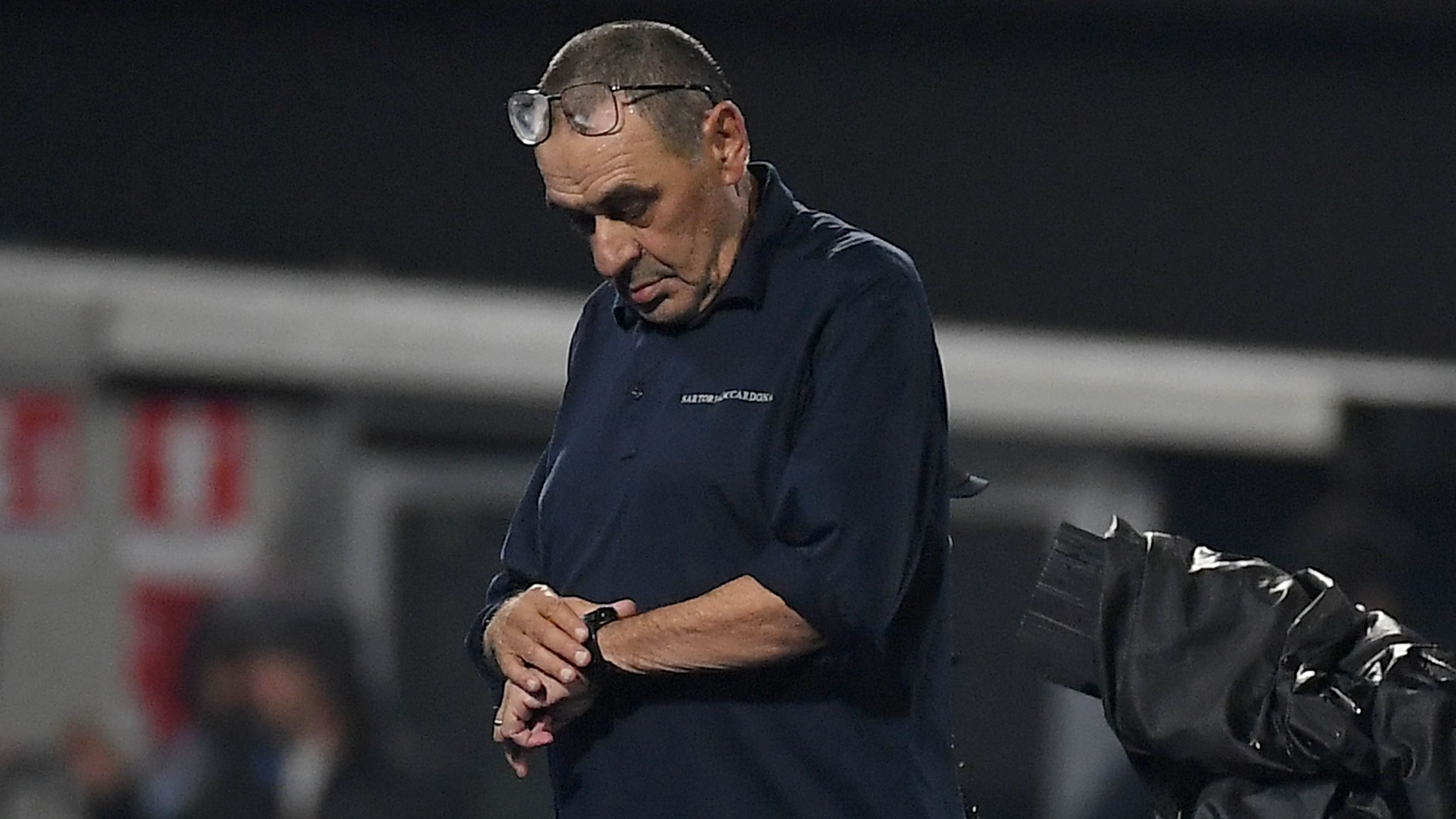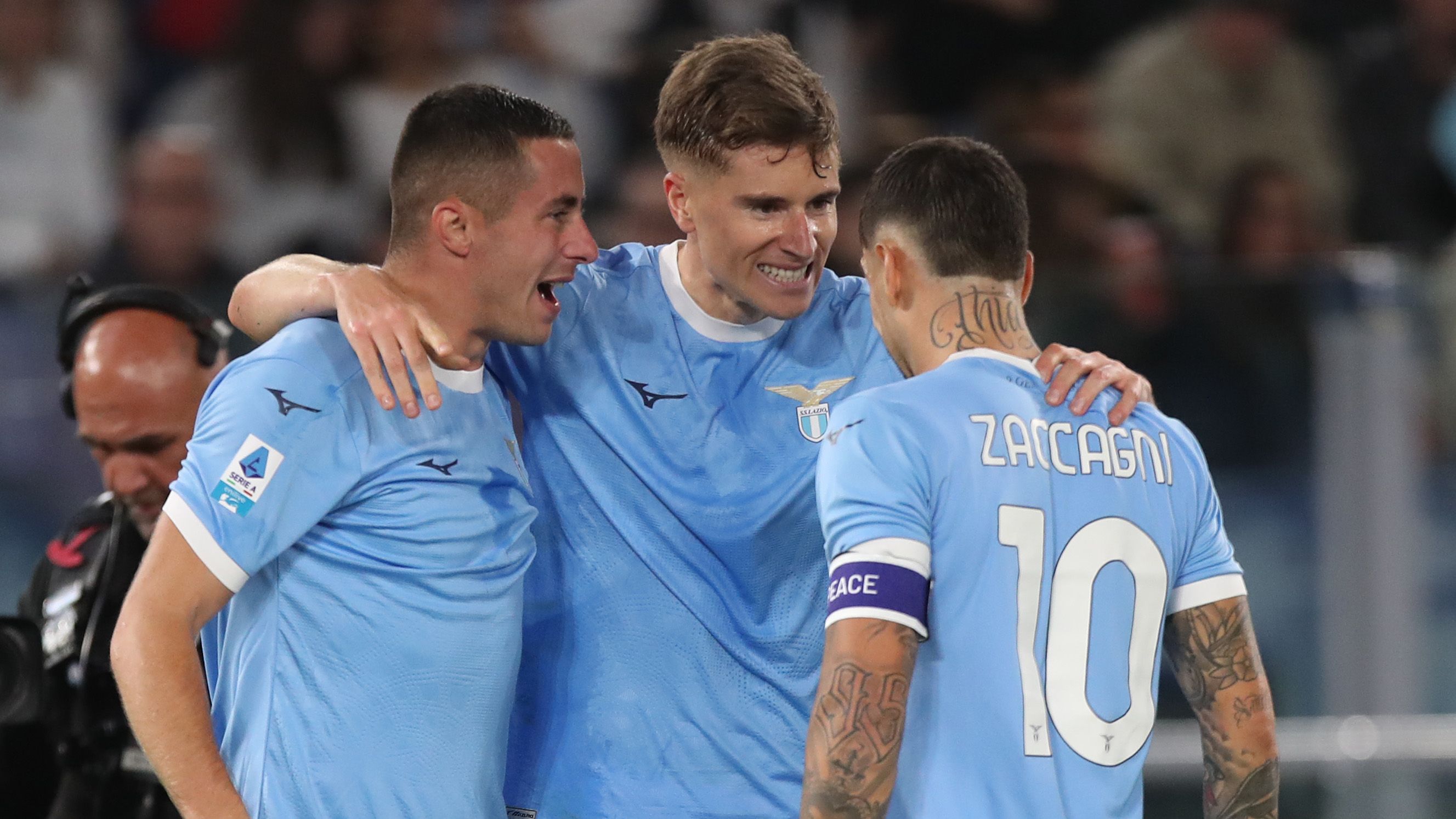


Sarri’s Intense Reaction to Lazio’s Struggles in Pisa Draw
In a season marked by challenges, Maurizio Sarri and his Lazio squad faced unexpected hurdles during their recent encounter in Pisa, highlighting the toll of an escalating injury list on their gameplay. This pivotal match, which ended in a scoreless tie, underscores the difficulties of maintaining form amid adversity, as Sarri navigates his team’s path forward with determination.
Examining the Match and Its Outcomes
For Pisa, under Alberto Gilardino’s leadership, the draw represented another hard-earned point in their fight against relegation, marking their third consecutive stalemate and keeping them anchored in 17th spot without a victory since their promotion. In contrast, Lazio, fresh from a narrow 1-0 triumph over Juventus, found themselves grappling with inconsistency, as this result extended their pattern of draws and left them with 12 points in 11th place, trailing the Milan teams by six points in the standings.
Insights into Sarri’s Post-Match Reflections
Following the disappointing result, Sarri expressed his frustrations openly, emphasizing that the mounting injuries have prevented him from executing his preferred style of play. Despite his background with clubs like Chelsea, Napoli, and Juventus, the seasoned coach is embracing the obstacles, viewing them as a source of fresh drive that keeps him engaged and motivated through the ups and downs.
Addressing the Injury Challenges
In his comments to the media, Sarri highlighted the significant absences, noting, “Arriving with several key players sidelined and others just returning from extended layoffs made strong performance unrealistic.” He pointed out the disparity in recovery time, with his team having only four days of rest compared to Pisa’s six, effectively operating at half capacity. “Our core issue lies in the number of unavailable players and those on the field who aren’t at full strength,” he explained. “The squad is building defensive stability, though we’re short on offensive spark for now. It’s not solely a matter of strikers; creating opportunities requires effort from everyone, much like defending isn’t just the defenders’ responsibility. We’ll need to wait until the team regains full fitness.”
Further Comments on Team Progress
During his interview with Sky Sport, Sarri elaborated, stating, “We’ve seen advancements in certain aspects, with the group showing greater resilience. Achieving success means having seven or eight players fully prepared by year’s end to form a stronger lineup. Right now, implementing my tactics is impossible without options for substitutions. Yet, this necessity to experiment brings its own excitement, fueling my enthusiasm and providing renewed purpose. There are moments of irritation, but overall, I’m finding value in it.”
Navigating Injuries and Emerging Positives
Lazio‘s lineup was already depleted due to injuries affecting players such as Elseid Hysaj, Nuno Tavares, Matteo Cancellieri, Taty Castellanos, Samuel Gigot, Nicolo Rovella, and Fisayo Dele-Bashiru. The situation worsened during the game when Luca Pellegrini and Mario Gila had to exit in the second half due to injuries, yet bright spots emerged with Toma Basic and Gustav Isaksen displaying fresh vigor and improved performance.
Spotlight on Key Players’ Contributions
“Basic, who had been omitted from the roster for quite some time, rose to the occasion and delivered right away when given the chance,” Sarri observed. “As for Isaksen, he was battling a severe condition similar to mononucleosis that drained his energy, allowing a solid effort in the previous match but leading to fatigue here. Since June, we’ve been barely holding on with minimal good news, but at least we’re developing a more reliable defense, which counts as progress.”
Looking Ahead with Hope Despite Setbacks
Even with the injuries disrupting Sarri‘s strategies, there are encouraging signs on the horizon. The Pisa draw marked Lazio‘s third shutout this season, and considering the team ended last year in seventh in Serie A, they hold the potential to vie for European qualification. Ultimately, their success in the latter part of the campaign will hinge on the recovery and readiness of their star players.
The Context of the Pisa Draw
In the world of football, post-match critiques from managers like Maurizio Sarri often reveal deeper issues within a team. Sarri, known for his tactical brilliance and high-press style, made headlines after Lazio’s disappointing draw against Pisa in the Coppa Italia. This match highlighted ongoing challenges for Lazio, especially as they navigated a demanding schedule in Serie A and European competitions. Fans and analysts alike were quick to dissect Sarri’s comments, which pointed to systemic problems affecting the team’s performance.
One key aspect was the physical and mental state of the squad. According to reports from the match, Lazio struggled to maintain their usual intensity, leading to a stalemate that frustrated supporters. Keywords like “Maurizio Sarri critique” and “Lazio half capacity” started trending as media outlets analyzed how this result could impact the team’s momentum moving forward.
Match Breakdown and Key Moments
The game against Pisa was a classic example of an upset in waiting, where a lower-league team pushed a Serie A giant to its limits. Pisa, competing in Serie B, put up a resilient defense that neutralized Lazio’s attacking prowess. Sarri’s side dominated possession but failed to convert chances, with statistics showing they had 65% of the ball yet only managed a handful of shots on target.
- First Half Highlights: Lazio started strong, with players like Ciro Immobile creating early opportunities, but defensive lapses allowed Pisa to equalize quickly.
- Tactical Shifts: Sarri attempted mid-game adjustments, such as switching formations to a more defensive 4-5-1, but these changes didn’t yield the desired results.
- Player Performances: Standout moments included Immobile’s near-goals, but overall, the team’s energy waned, underscoring Sarri’s later remarks about operating at half capacity.
This draw served as a wake-up call, emphasizing the need for better squad rotation and recovery strategies in football management.
Sarri’s Post-Match Comments and Their Significance
Maurizio Sarri’s frank assessment after the Pisa draw captured the attention of the football community. In his press conference, he claimed that Lazio was “operating at half capacity,” a phrase that resonated widely and sparked debates on team fitness and preparation. Sarri, with his extensive experience at clubs like Chelsea and Juventus, is no stranger to voicing candid opinions, and this instance was no different.
The Italian manager elaborated on how injuries, fatigue, and perhaps even motivational dips were hampering the team’s ability to perform at their best. Phrases like “Sarri Lazio critique” became popular search terms as fans sought more context. He specifically highlighted the impact of a packed fixture list, which is a common challenge in modern football seasons.
Decoding ‘Half Capacity’: What Sarri Really Meant
When Sarri referred to his team operating at half capacity, he was likely alluding to several interconnected factors. First, the physical toll: Lazio had played multiple high-stakes matches in quick succession, leading to player exhaustion. Second, tactical inefficiencies: Sarri’s philosophy relies on precise movements and high energy, which weren’t evident in the Pisa game.
- Physical Fitness Concerns: Data from fitness trackers showed that key players had reduced sprint distances compared to previous games, pointing to fatigue as a major issue.
- Mental and Tactical Elements: Sarri noted a lack of “collective focus,” suggesting that mental preparation might have been overlooked. This could involve inadequate recovery sessions or insufficient video analysis.
- Comparison to Past Seasons: Under Sarri, teams have historically thrived on consistency, so this critique might signal a need for strategic overhauls in training routines.
Experts in football analysis agreed that such comments from a manager like Sarri could be a catalyst for change, encouraging teams to prioritize sports science and player welfare.
Implications for Lazio’s Season and Beyond
The Pisa draw and Sarri’s subsequent critique have broader ramifications for Lazio’s campaign in Serie A and cup competitions. As the team aims for a top-four finish or even Champions League qualification, addressing these capacity issues is crucial. Sarri’s comments have already influenced discussions around transfer windows and squad depth, with fans speculating on potential January signings to bolster the roster.
In the context of Italian football, where managers like Sarri are revered for their strategic depth, this episode underscores the importance of adaptability. Avoiding similar pitfalls in upcoming fixtures against strong opponents will be key.
Strategies for Improvement
To bounce back from this setback, Lazio could implement several targeted approaches:
- Enhanced Recovery Protocols: Incorporating more rest days and advanced recovery techniques, such as cryotherapy, to ensure players aren’t operating at half capacity.
- Squad Rotation Tactics: Rotating key players like Sergej Milinkovic-Savic more frequently to maintain freshness throughout the season.
- Focus on Youth Integration: Bringing in promising academy talents to share the load, which could provide long-term benefits for team dynamics.
Ultimately, Sarri’s honest critique serves as a reminder that even elite football teams must continually evolve. By tackling these challenges head-on, Lazio could turn this draw into a pivotal learning moment, keeping their ambitions alive in the competitive landscape of European football. These insights not only inform fans but also highlight the human element in sports management, making it essential for anyone following “Maurizio Sarri’s Lazio journey.”
The ongoing narrative around Sarri’s management style continues to draw interest, with searches for “post-match analysis after Pisa” reflecting a growing audience eager for in-depth coverage. As the season progresses, keeping an eye on these developments will provide valuable lessons for aspiring coaches and enthusiasts alike.









